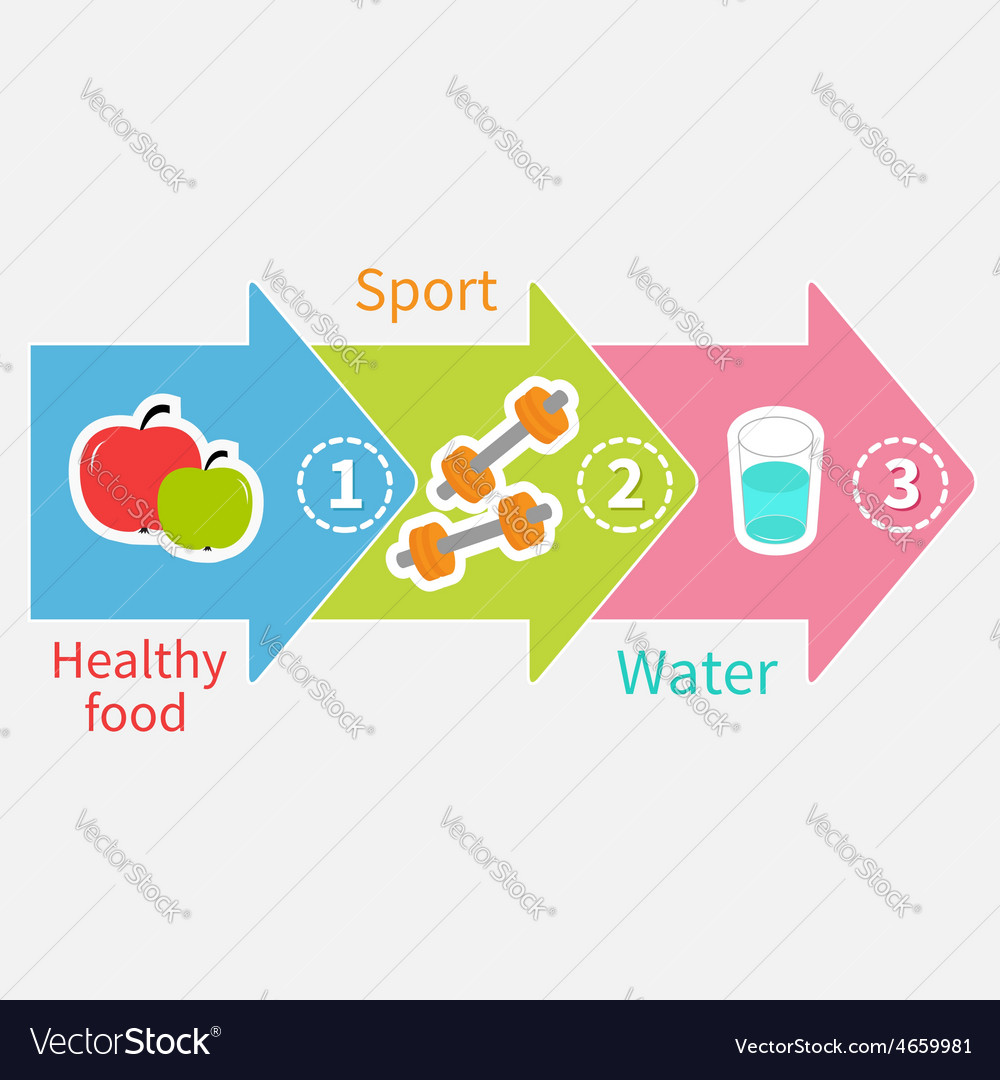Demystifying Cold Laser Therapy Cpt Code
Demystifying Cold Laser Therapy Cpt Code
Blog Article
Scientific Research Study on the Efficacy of Cold Laser Technique
Cold laser treatment is a beneficial tool to assist hurting management and the recovery procedure. It is commonly utilized in sporting activities medicine, dermatology and acupuncture.
Cold lasers pass through deep right into tissues and promote chemical changes without warming them. They lower swelling and swelling, speed up cellular activity and accelerate healing.
Academic History
Unlike the high-intensity lasers that surgeons usage to cut through tissue, cool laser treatment utilizes light-emitting diodes to permeate into your skin and promote recovery. As these photons get to damaged tissues, they launch a domino effect that boosts your cells' production of enzymes and accelerates your body's all-natural recovery processes.
The photons also reduce discomfort with the production of endorphins and increase your body's capacity to drain pipes inflamed areas by generating vasodilation (the growth of blood vessels). As a result, it aids you recoup from musculoskeletal injuries and pain quicker.
Lots of people have heard about cool laser treatment from their physical therapist, chiropractor or medical professional and may be wondering just how it works. Unlike most laser tools utilized in the medical area, which actually warm up tissue, our state-of-the-art tools discharges chilly laser light beams that do not cause any kind of heating of your cells. This enables your body to receive the healing benefits without causing any type of side effects.
Scientific Trials
Cold laser treatment is typically recommended as a therapy option for individuals who have bone and joint pain and injuries. It can be made use of to decrease swelling, enhance cells and speed up the body's all-natural healing procedures.
Non-thermal photons of red and infrared laser radiation are absorbed by the light delicate elements in cells and launch a rise in intracellular metabolism that boosts cell recreation, decreases swelling, gets rid of edema and reduces healing time.
Unlike the light that is generated by sunlight or conventional lights, laser light is parallel (all wavelengths travel parallel), coherent and monochromatic. These properties enable laser energy to permeate much deeper right into the cells.
Numerous medical tests have shown that LLLT can be efficient in lowering discomfort in the bone and joint system. Nonetheless, even more properly designed research studies are needed to review the optimal setups for laser irradiation and to establish its performance in details problems, such as dental mucositis in cancer cells patients getting radiation treatment or radiotherapy, and wound recovery (consisting of diabetic ulcers adhering to hammertoe surgery). This Aetna policy publication does not resolve other uses of LLLT, including the treatment of various skin diseases.
Conclusions
Unlike medical lasers that can ruin lumps or coagulate cells, chilly laser therapy does not heat the body's cells. Instead, the light boosts your cells to generate adenosine triphosphate, which accelerates the repair service process of injured tissues.
Aetna takes into consideration low-level laser (LLL) treatment medically necessary for the prevention of dental mucositis connected with cancer treatment (radiation treatment, radiation treatment, hematopoietic stem cell transplant) and non-cancer treatments (such as radiodermal injury, fibromyalgia). Numerous researches showed that LLT can be effective in lowering PU signs and symptoms without negative impacts. Nevertheless, differences in study layouts and laser dosimetry made contrast of the results difficult; RCTs with reduced danger of predisposition are needed. Making use of a 660 nm wavelength and higher energy thickness appears to be more reliable than the other researched laser wavelengths. This could be due to the fact that the other wavelengths might promote inflammatory processes and create more side effects. The result of the kind of laser used is additionally essential; the writers suggest that future research concentrate on assessing various kinds of lasers and their doses to figure out the optimal mix of laser specifications for PU avoidance.
Suggestions
Cold laser therapy is utilized by dental professionals to deal with inflamed periodontal tissue, medical professionals to relieve discomfort triggered by rheumatoid joint inflammation, and physiotherapists to speed the healing of muscle mass, tendon, and tendon injuries. Lots of clinical insurance policy strategies cover this therapy.
Unlike hot lasers, which have a thermal effect on tissues, cold lasers (also laser treatment near me called low-level lasers) promote the cellular energy of the skin. Photons from the laser light permeate right into the cell, activating a collection of chemical adjustments that advertises regrowth and lowers swelling.
In order to work, lasers have to be properly setup and used. This is why it is not advisable to buy a low-cost over the counter laser gadget and try to treat yourself in your home. A qualified specialist is needed to guarantee that the device is used correctly to minimize the risk of eye injury and optimize its performance. The laser tool have to be gotten used to the right setup, intensity, frequency, and position of the laser on the therapy location.